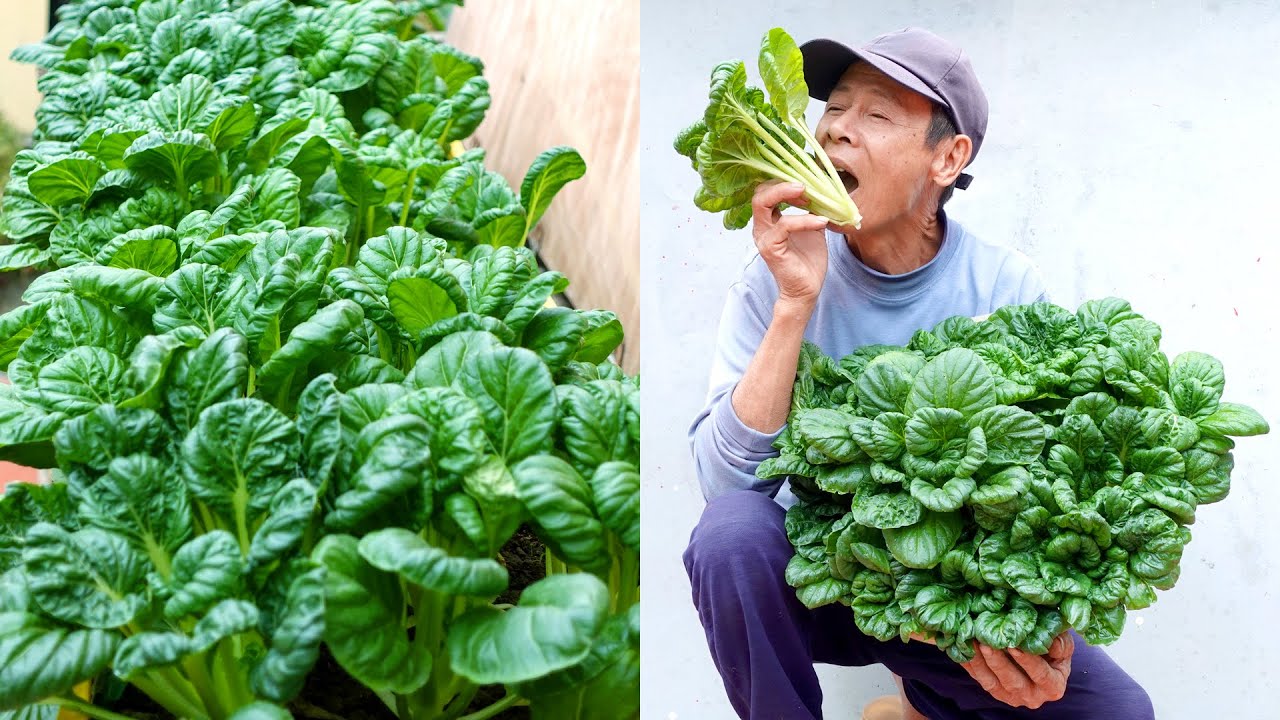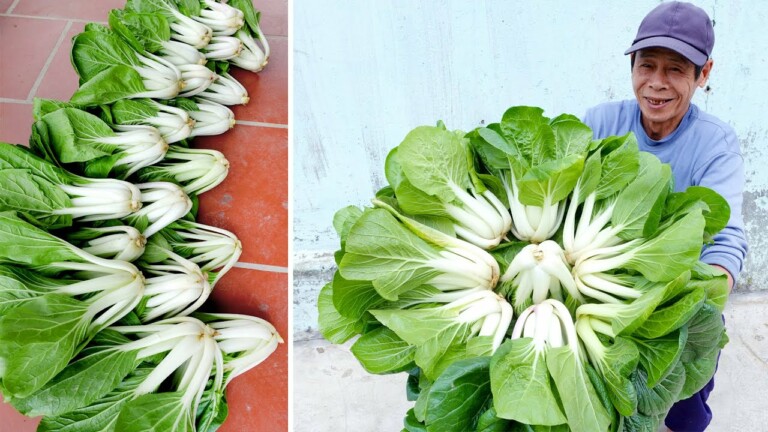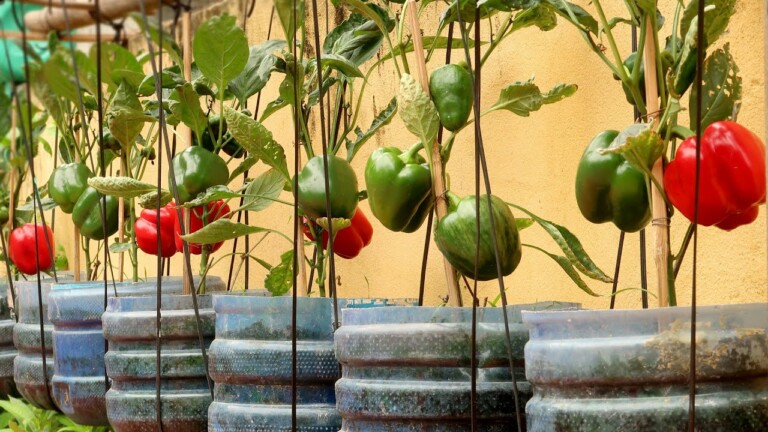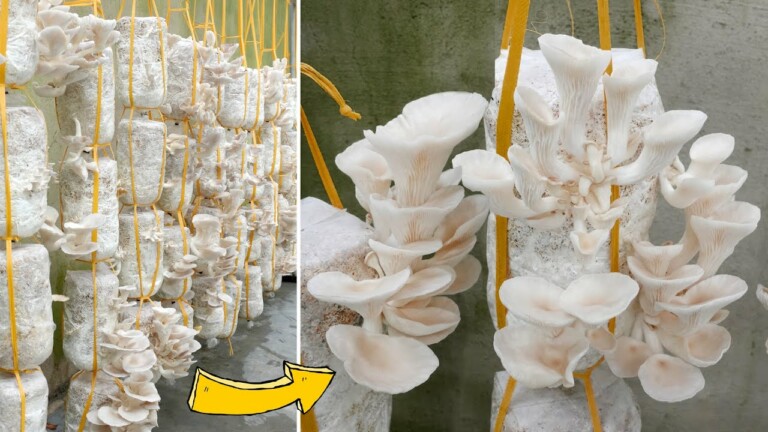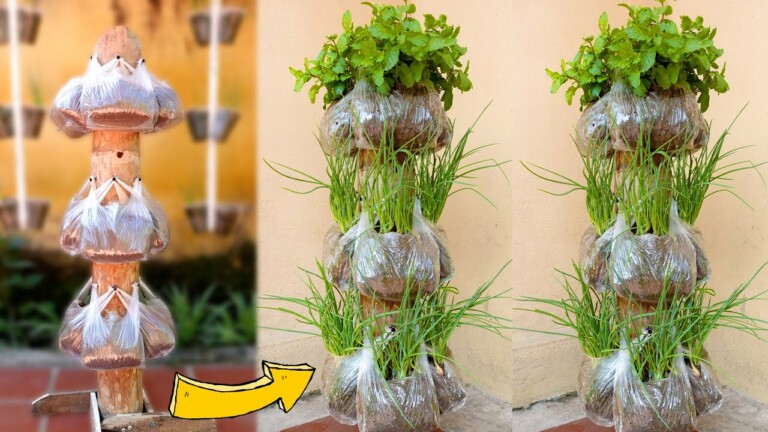Easy and High Yield, Tips for Growing Leeks at Home for Beginners
Are you a beginner looking to grow leeks at home? If so, you’re in the right place! In this blog post, we will provide you with easy and high-yield tips that will help you successfully grow leeks in your own backyard. By following these simple steps, you’ll be able to enjoy a bountiful harvest of fresh, delicious leeks in no time. So, let’s get started on your journey to becoming a successful leek grower!
Easy and High Yield, Tips for Growing Leeks at Home for Beginners
Introduction
Are you a beginner gardener who is eager to start growing your own vegetables at home? If so, leeks are a great choice to get started. Leeks are not only delicious and versatile in the kitchen, but they are also relatively easy to grow, even for those with limited gardening experience. In this article, we will guide you through the step-by-step process of growing leeks at home, using easy and effective methods that will ensure a high yield of these flavorful vegetables. So roll up your sleeves, put on your gardening gloves, and let’s get started!
Getting Started with Growing Leeks
To begin growing leeks at home, you will need to gather a few essential supplies. Here is a checklist of items you will need:
- Leek Seeds: Choose a reputable nursery or online supplier to purchase high-quality leek seeds, ensuring good germination rates.
- Suitable Containers: Leeks grow best in deep containers, such as pots or grow bags, with a depth of at least 6-8 inches.
- Well-Draining Soil Mixture: Leeks prefer loose, well-draining soil to prevent waterlogging, so make sure to use a soil mixture specifically designed for growing vegetables.
- Fertilizer: Use a balanced organic fertilizer to provide the necessary nutrients for healthy leek growth.
- Watering Can or Hose: Leeks require consistent moisture, so having a watering can or a hose with a gentle spray attachment will make it easier to provide regular water.
- Gardening Tools: Basic gardening tools such as a trowel, hand fork, and gardening gloves will be useful for planting and maintaining your leek crop.
Planting and Caring for Leeks
Now that you have gathered all the necessary supplies, it’s time to start planting your leeks. Follow these steps for successful leek cultivation:
-
Choose the Right Location: Leeks thrive in full sun, so select a spot in your garden or balcony that receives at least 6-8 hours of direct sunlight per day.
-
Prepare the Soil: Leeks prefer soil with a pH level between 6.0 and 7.0. Ensure the soil is well-draining by adding compost or sand to improve its texture.
-
Start Seedlings Indoors: Leek seeds can be sown indoors 10-12 weeks before the last frost date. Fill seed trays or pots with the soil mixture and sow the seeds, covering them lightly with soil. Place the containers in a warm location, maintaining a temperature of around 68-77°F (20-25°C).
-
Transplant the Seedlings: Once the seedlings have grown to about 6 inches tall, you can transplant them into your prepared containers or directly into the garden. Plant the leek seedlings about 6 inches apart, ensuring the roots are well-covered with soil while leaving the tops exposed.
-
Watering and Fertilizing: Leeks require consistent moisture, so water them regularly, aiming to keep the soil evenly moist but not waterlogged. Fertilize your leeks every 4-6 weeks using an organic fertilizer according to the manufacturer’s instructions.
-
Thinning and Hilling: As your leek plants grow, you may need to thin them to provide enough space for each leek to develop properly. Remove the smaller, weaker seedlings, leaving only the strongest ones. Additionally, gently mound soil around the base of the plants to blanch the stems and encourage longer, whiter leeks.
-
Weed Control: Keep your leek patch free from weeds, as they can compete for nutrients and water. Regularly inspect and remove any weeds that appear near your leek plants.
Harvesting and Storing Leeks
Patience is key when it comes to harvesting leeks. Unlike other vegetables, leeks take a bit longer to mature. However, the wait is worth it, as homegrown leeks taste incredibly fresh and flavorful. Here is a step-by-step guide to harvesting and storing your leeks:
- Timing: Leeks are generally ready to harvest 90-120 days after planting. To ensure a continuous supply, stagger your plantings, sowing new seeds every few weeks.
- Harvesting: When your leeks reach a desirable size, gently loosen the soil around the base of the plant using a fork or trowel. Grip the leek near the base and pull it straight up to avoid damaging the plant or roots.
- Cleaning: Remove any soil clinging to the leek, but avoid washing them until you are ready to use them, as excess moisture can lead to spoilage.
- Storing: Unwashed leeks can be stored in the refrigerator for up to two weeks. Alternatively, you can blanch and freeze them for future use. To blanch leeks, blanch the trimmed leeks in boiling water for 2-3 minutes, then transfer them to an ice bath to cool before storing them in freezer-safe bags or containers.
FAQs (Frequently Asked Questions)
Q1. How long does it take for leeks to germinate?
A1. Leek seeds typically take 10-14 days to germinate. However, germination may be slower in cooler temperatures.
Q2. Can I grow leeks in containers?
A2. Yes, leeks can be grown successfully in containers as long as the containers are deep enough to accommodate their long roots.
Q3. Should I prune the leaves of my leek plants?
A3. No, it is not necessary to prune the leaves of leek plants. The leaves help photosynthesis and promote healthy growth.
Q4. Can I grow leeks from cuttings?
A4. No, leeks are typically grown from seeds. While it is possible to regrow leeks from cuttings, it is recommended to use seeds for a more reliable and productive harvest.
Q5. How can I prevent pests from damaging my leek crop?
A5. To prevent pests, you can use floating row covers to physically block them from reaching your leek plants. Additionally, maintaining good garden hygiene and practicing crop rotation can deter pests from infesting your leeks.
In conclusion, growing leeks at home is an excellent way to enjoy fresh, flavorful vegetables and add a touch of homegrown goodness to your meals. By following these easy and effective tips, you can cultivate a high-yielding crop of leeks, even as a beginner gardener. So roll up your sleeves, get your hands dirty, and embark on the rewarding journey of growing your own leeks at home. Happy gardening!
Hashtags: #teogarden #leeks #growing
